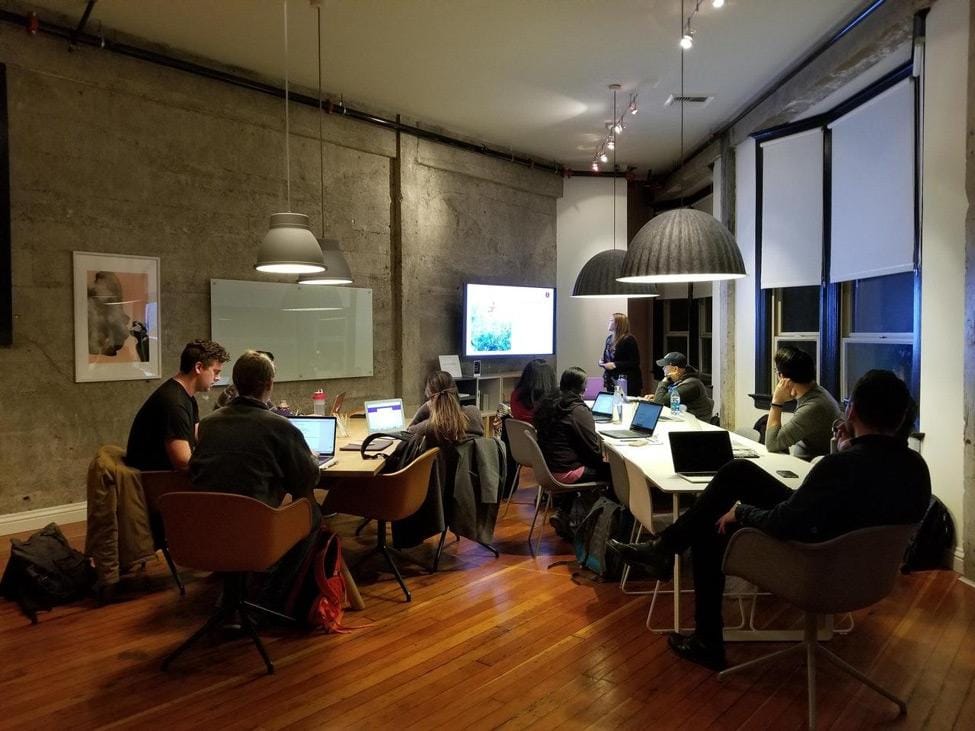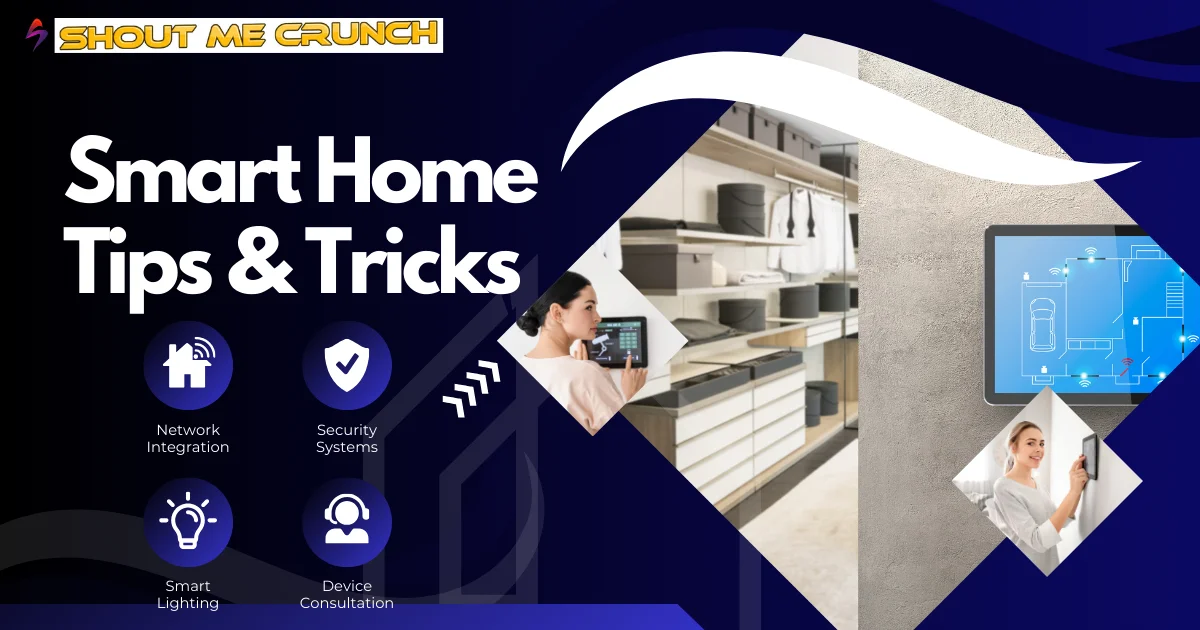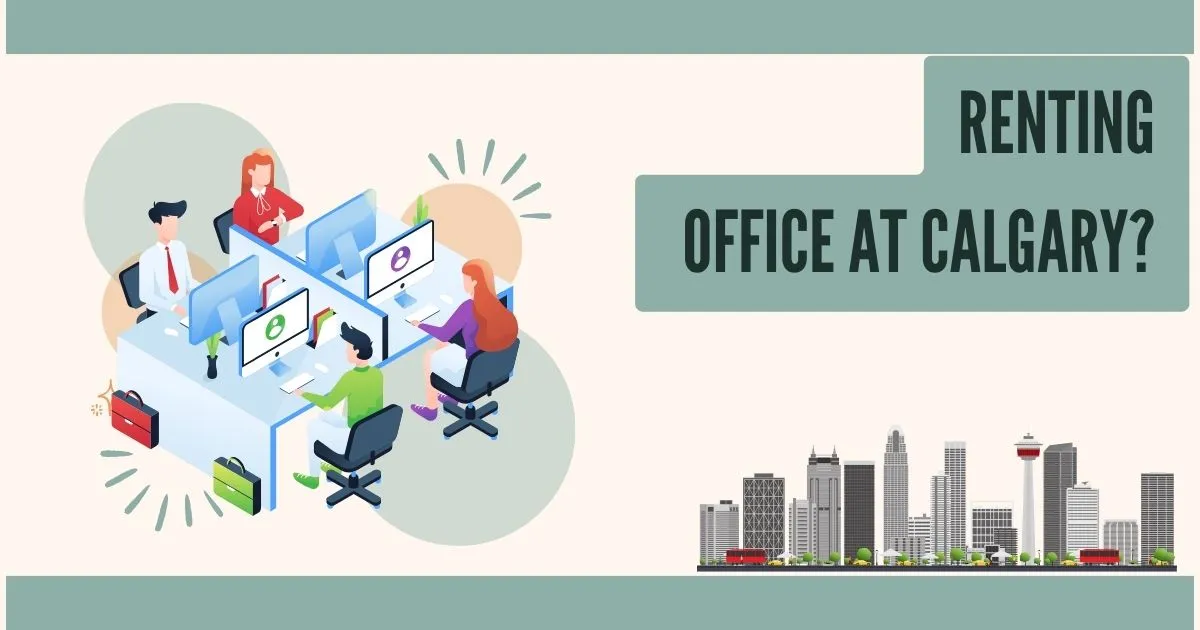Is your home office secretly draining your energy? Here’s how to fix it fast. Boost your focus and energy with 5 smart ways to stay productive in your home office. Simple tweaks, big results.
Working from home sounds amazing, right? Roll outta bed, shuffle to your desk in sweatpants, and boom—you’re at work. Except… then the fridge starts whispering your name. The couch looks way too inviting. And before you know it, you’re three episodes into a show you don’t even like that much.
Yeah. I’ve been there. A lot.
But here’s the thing: productivity at home isn’t about working harder. It’s about working smarter. About setting yourself up so you don’t have to fight the same battles every single day. And after messing it up more times than I can count, here’s what’s actually helped me (and might help you too).
Contents
1. What’s the Secret to a Workspace That Doesn’t Suck?
Let’s be honest. If your “office” is the kitchen table covered in yesterday’s dishes, no amount of hustle is gonna save you. Your environment either gives you energy or quietly drains it.
- Find your spot. Doesn’t have to be fancy. A corner. A window nook. Just not your bed.
- Sunlight is gold. It wakes you up in ways coffee can’t.
- Chair + desk height? Game changers. Back pain is not a productivity hack.
- Keep it tidy-ish. Doesn’t have to be Instagram-perfect, but piles of random stuff kill focus.
Colors matter more than you think. Blues = concentration. Greens = calm. Yellows = spark. Reds… use sparingly unless you want your brain screaming “emergency” all day. Natural light boosts alertness and mood, while ergonomic furniture supports your body through long hours.
And hey, add a plant or a candle or whatever makes you feel “ahh, this is nice.” Because honestly, when your space feels good, you work good.
Read also The Ultimate Guide to Using a Tablet for Productivity
2. Does Lighting Really Make That Big of a Difference?
Oh, yes. Big time. I used to work under this awful yellow bulb—made me feel like I was in a basement horror movie. Headaches. Zero energy. Not fun.
Now? I park my desk near the window. Natural daylight is basically rocket fuel for your brain. If your goal is to be the best dentist in Kingswood, even small design choices matter.
But here’s the trick: layer it.
- Ambient = the overall glow of the room.
- Task = desk lamp, focused.
- Accent = soft background light, vibes only.
LED daylight bulbs are solid—they mimic sunlight without the harshness. Just don’t overdo it or you’ll feel like you’re in a hospital.
Think of it this way: bad lighting makes you look like a ghost on Zoom. Good lighting makes you look alive. Guess which one your boss or clients prefer.
3. Which Tech Helps… and Which Just Wastes Time?
Tech’s a double-edged sword. It can save your sanity—or eat it alive.
Stuff that actually works:
- Notion, Trello, or Todoist for keeping your chaos in check.
- Calendly so you’re not emailing “what time works?” fifty times.
- Automation (Zapier, IFTTT) so boring repetitive tasks just… happen.
- Apps like Stretchly or Time Out that force you to get up before you turn into a statue.
Stuff that pretends to help but doesn’t:
- Constant notifications. Mute them. All of them.
- Fifty open tabs. Use a tab manager before Chrome melts your laptop.
- Social media “breaks.” Let’s be real—you’re not coming back in five minutes.
Confession: I once downloaded so many “productivity” apps I spent more time setting them up than actually working. Don’t do that. Pick one or two. Keep it simple.
4. Why Do Breaks Matter More Than You Think?
Here’s the deal: your brain isn’t a machine. Push it nonstop and it just… stops.
Short, intentional breaks are like hitting refresh. They don’t waste time—they save it. Science backs this up too (shoutout to the APA): micro-breaks can bump accuracy by 13%, movement breaks cut fatigue by 20%. That’s no joke.
Read also 8 Simple Spiritual Activities That You Can Start Today
So how do you do it?
- Pomodoro method: 25 minutes work, 5 minutes off. Rinse, repeat.
- Micro-breaks: stand up, stretch, look out the window.
- Longer breaks: go for a walk, cook something, play some music.
Just… avoid scrolling your phone. That’s not a break. That’s swapping one screen for another.
5. Do Boundaries Really Make You More Creative?
Yes. And sane. Without boundaries, working from home turns into “always being at work.” Which is the fastest path to burnout.
- Set hours. Stick to them. Your brain loves routine.
- Turn off notifications when you’re in deep work. Protect your flow.
- End the day with a ritual—walk, read, cook. Something that tells your brain “we’re done here.”
And here’s the kicker: some of your best ideas won’t show up while you’re glued to your desk. They pop up when you’re cooking, showering, or talking with friends. So give your mind that space.
Rule I follow: laptop never crosses into my bed. Work doesn’t belong there. Neither does guilt for not working 24/7.
Final Word (Before I Go Make More Coffee)
Productivity at home isn’t about being some perfect robot who never gets distracted. That’s not real. It’s about stacking little advantages so focus feels natural.
So…
- Make your workspace nice.
- Light it up right.
- Use tech that actually helps.
- Take breaks that refresh you.
- Draw boundaries that protect you.
Staying productive in your home workspace might largely be about strict routines or endless hustle. Try one today. Just one. And see how it feels. Because when your workspace works with you instead of against you? That’s when the magic happens.








![How to Get All Education Board JSC Result 2019 [Fast] Education Board Bangladesh](https://www.shoutmecrunch.com/wp-content/uploads/2018/12/Education-Board-Bangladesh.jpg)